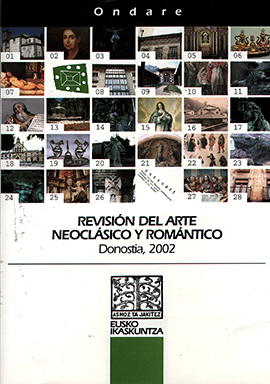El movimiento Romántico

Plaza Santiago, Francisco Javier de la
- Publication year:
- 2002
- Publication place:
- Donostia-San Sebastián
- ISSN:
- 1137-4403
Summary
Often considered as a tendency that appeared after Neo-classicism, Romanticism originated almost simultaneously and then developed, to a certain extent, as its counterpoint, as a reaction against the ideals of the Illustration. It emerged with a greater force in Northern countries, especially in Germany, which was not yet unified, and it quickly extended throughout Europe and America. Romanticism was to impulse a love forthe Middle Ages, especially the Gothic era, the recovery of popular traditions and local peculiarities, an absolute freedom in creative matters, individual genius, the exasperated primacy of feelings, dreams and passion, together with the contemplation of nature as a unfettered and immense force, the nostalgia of the infinite, the distant, the sublime, the sickly, and sometimes the macabre, ruins and fragments. More than a strictly aesthetic or artistic proposal, it is a style of living that encompasses all human manifestations and it impregnates in such depth that many of its postulates are still present between us.Sing up and download the publications of Eusko Ikaskuntza
Are you a registered member?. Access




